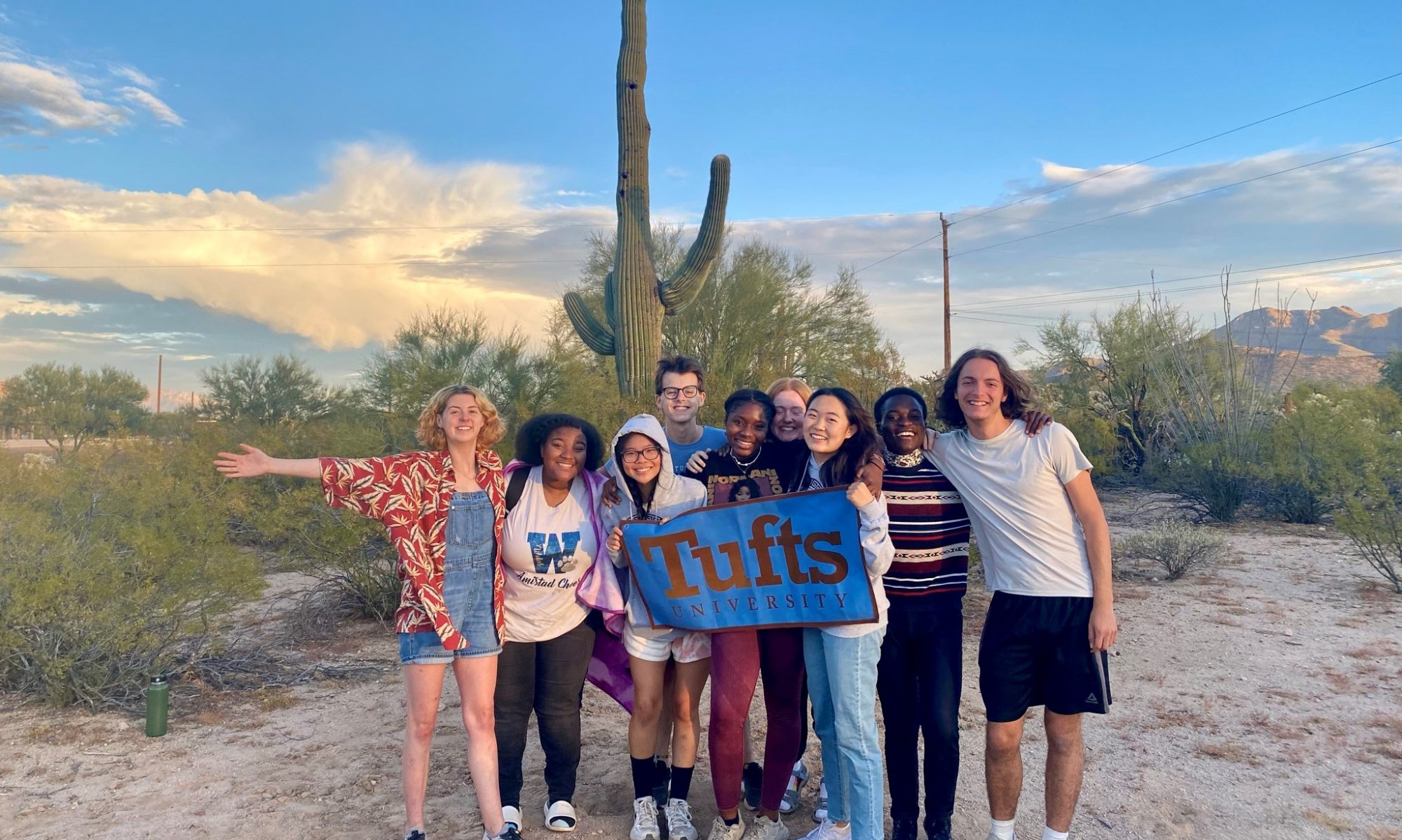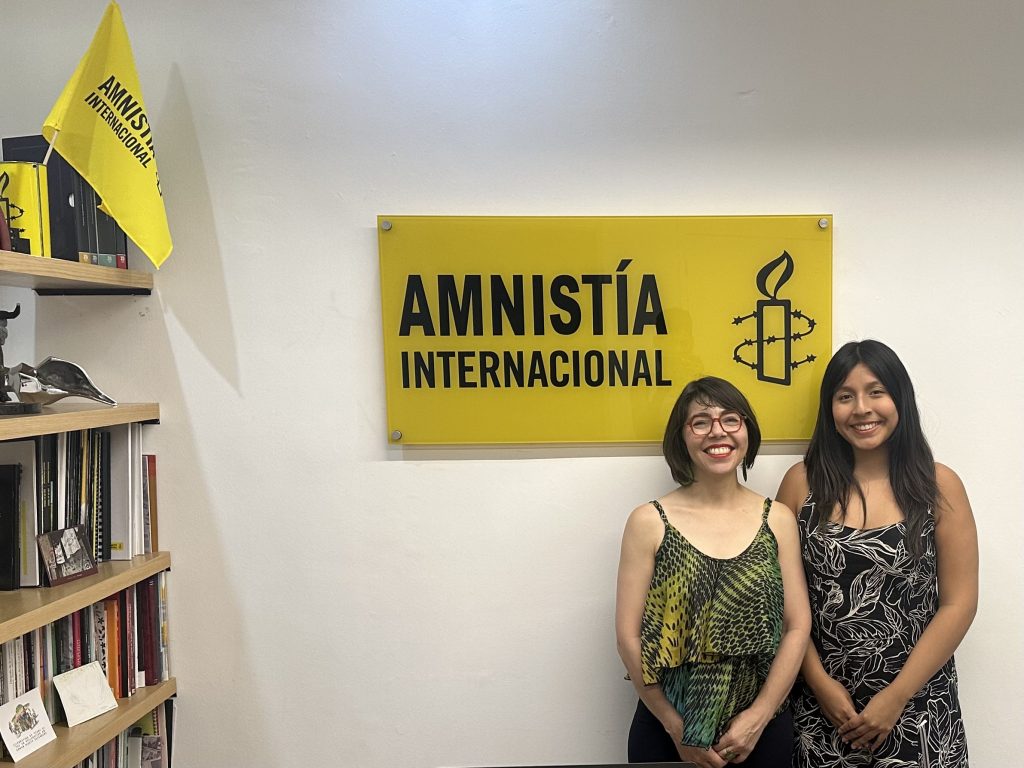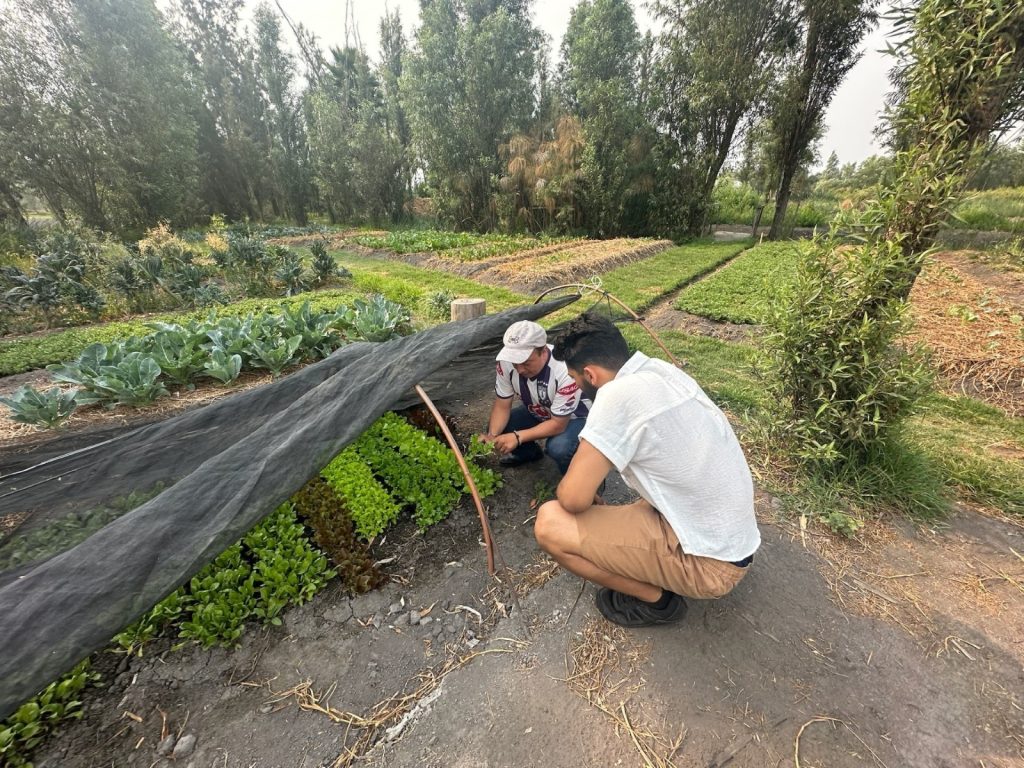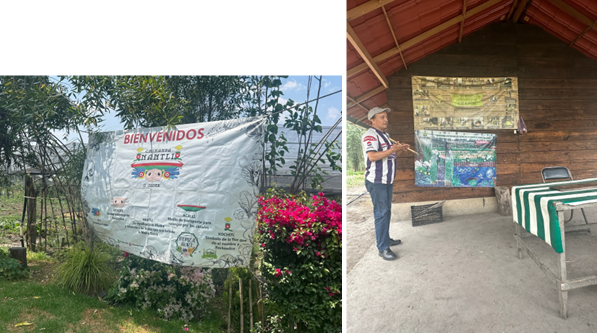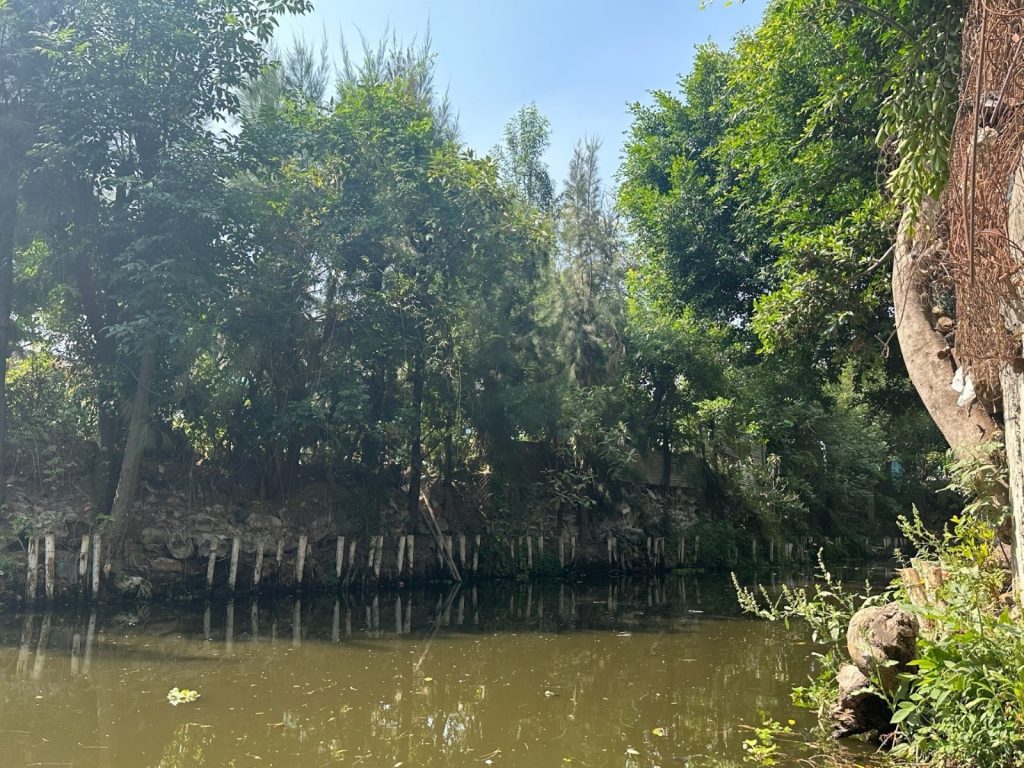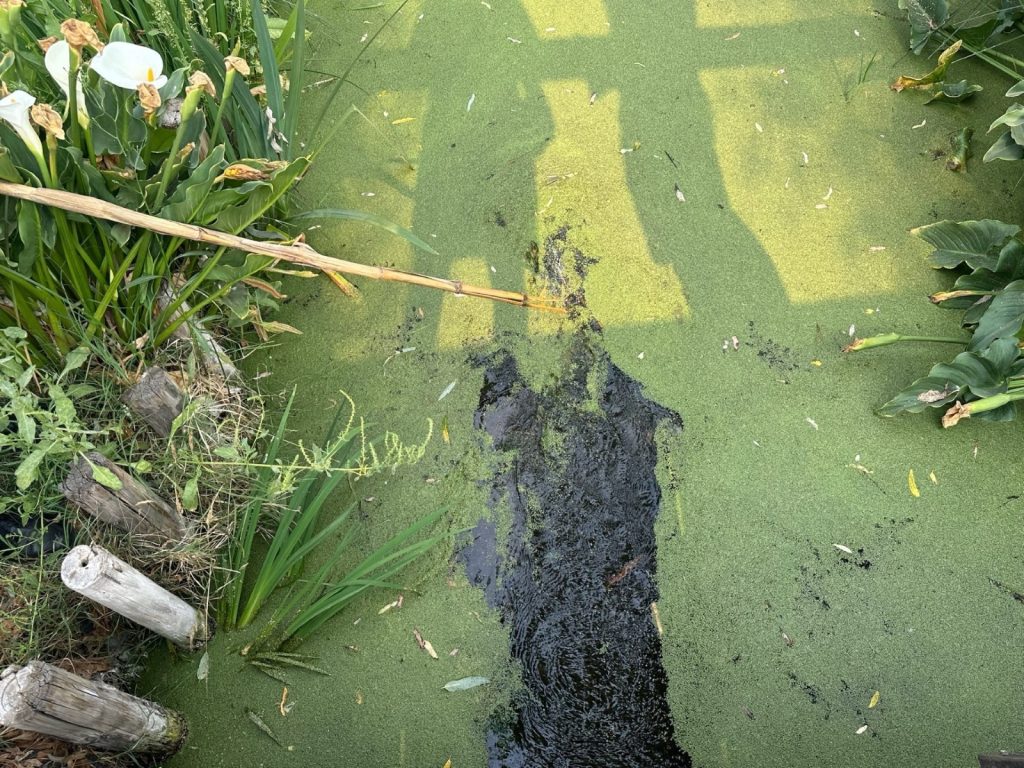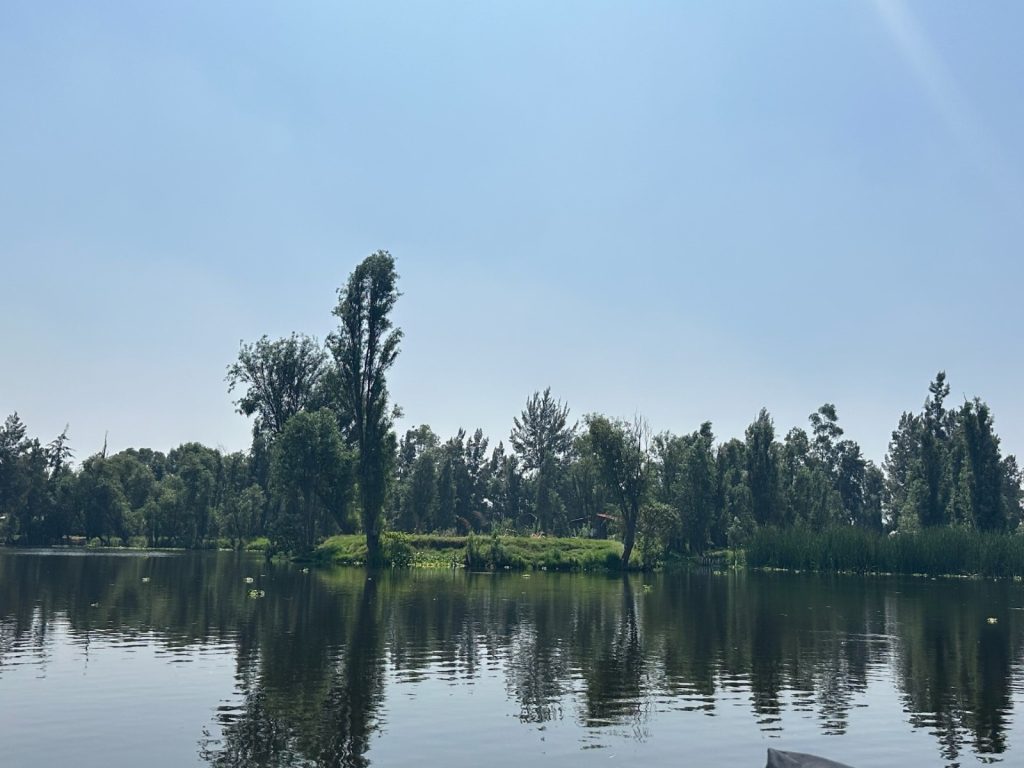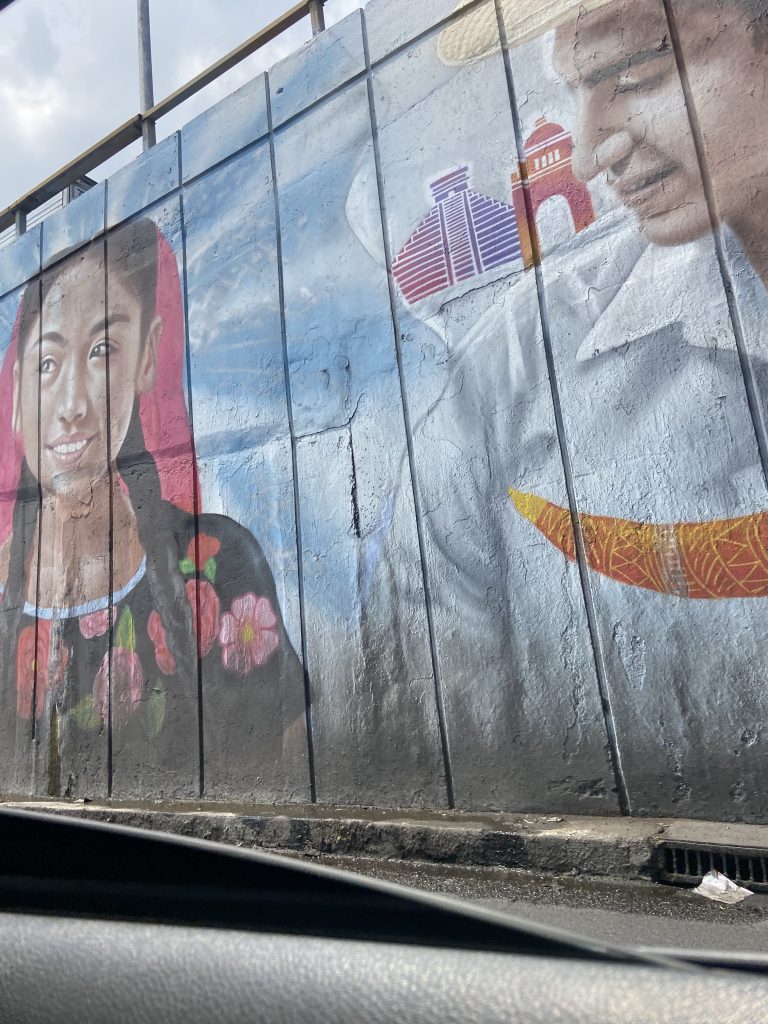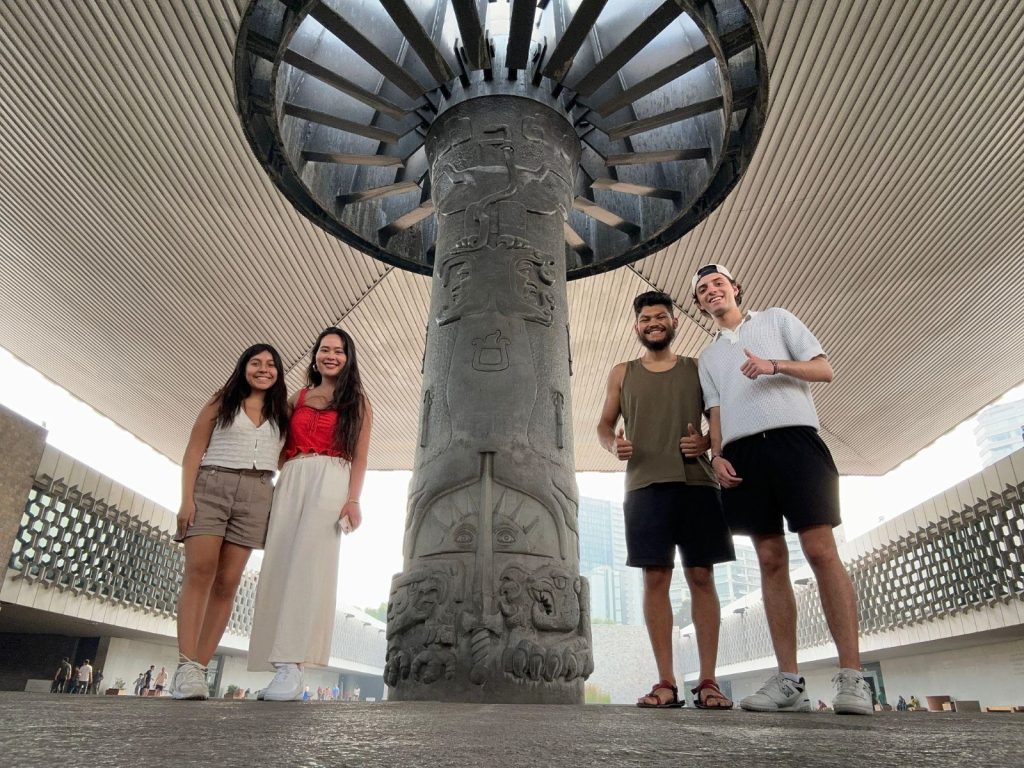By Yilan Batista

My research subject focuses on Sino-Mexican relations and how Chinese economic engagement with Mexico has shaped the everyday lives of Mexican citizens, and how diplomatic relations between the two nations have impacted Mexican society’s attitude toward China and the United States. The topic of Sino-Latin American relations has always held both significant academic and personal meaning to me, as a student of International Relations with Chinese and Cuban heritage.
Before traveling to Mexico City, I was already engaged in self-study on Sino-Latin American relations. I am fascinated by the divergent narratives across the world on the nature of Chinese engagement with the Global South. On one hand, there is the official political narrative within China and many Latin American governments about mutually beneficial, non-exploitative engagement; there is also a more practical side of non-ideological economic engagement between Chinese and Latin American businesses; and finally, there is the political belief in the United States that China is seeking to expand its harmonic dominance across the Global South. I wanted to study this topic in Latin America itself to understand better how Mexican society actually perceives Sino-Mexican relations.
Before embarking on the trip, I was already aware of how Mexico would be a special case study in Sino-Latin American relations. Chinese engagement with Latin America has long been impacted by great power competition between China and the United States. Mexico would then present a special case because of its unique interconnectedness with American politics and economics. My assumption was corroborated by the various professors that I interviewed. I learned that Mexico is unable to establish a free trade agreement with China due to a clause within NAFTA that prohibits members from engaging in free trade with non-market economies. I also learned that a lot of negative sentiment in Mexico toward Chinese investment and Sino-Mexican trade is influenced by pressure coming from Washington.
I also learned that there is not one single attitude in Mexico toward the idea of China as either a non-exploitative partner preferable to the US, or as an imperialist partner operating upon unequal power dynamics. Rather, Mexican sentiments toward China are constantly in flux and dependent on changing economic and cultural conditions. For example, in the early 21st century when China still exported largely low-technology products, Mexican society and workers felt much more negatively toward China due to greater competition between the two nations within the global economy. Now, this antagonism is not a major concern anymore. And while Mexican society held a deep racism against Chinese people in the 20th century, recent attempts at cultural diplomacy has lessened these prejudices. Nevertheless, tensions still persist, especially in relation to how Chinese imports destabilize local Mexican industries and how this impacts the livelihoods of ordinary Mexican citizens.
Perhaps one of the most interesting realizations that I gained from the professors that I interviewed is that Sino-Mexican relations is not heavily influenced by ideology. One would assume that the current Mexican administration under the leftist Andrés Manuel López Obrador (AMLO) would present a political rationale for collaborating with China; but my interviewers shared that AMLO is simply seeking to diversify Mexico’s economic relations as a whole.
Overall, I came away from this trip with the knowledge that Sino-Mexican relations is defined by many different currents of thought. I hope to continue communication with Mexico’s cultural and professional experts on China, and to expand my study on Sino-Latin American nations to other countries in the region as well.
